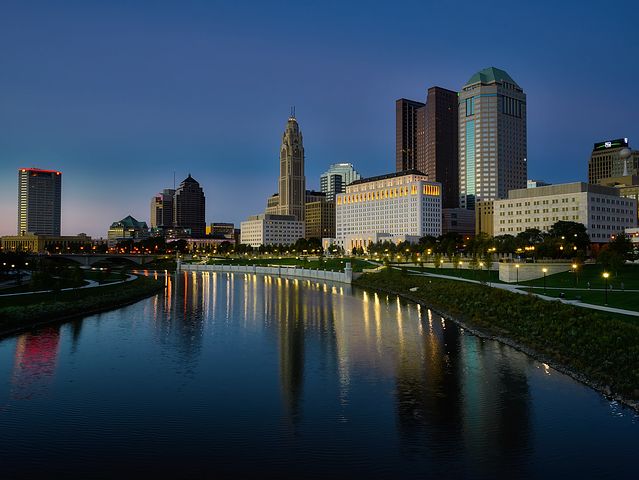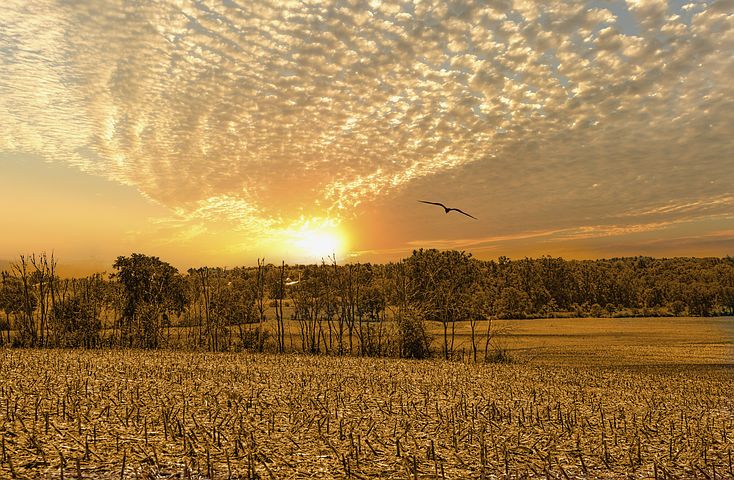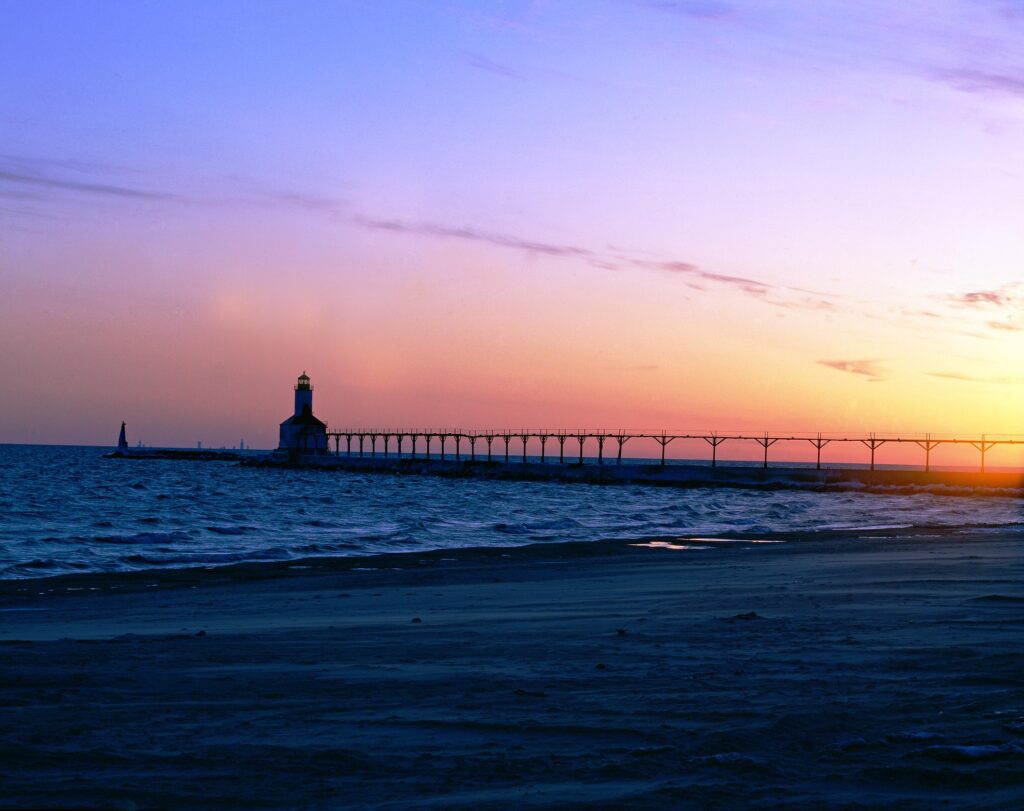Ohio
Ohio: A Comprehensive Overview
Ohio, located in the Midwest region of the United States, is the seventh most populous state in the nation. Known as the “Buckeye State” due to its Ohio buckeye trees, it boasts a unique blend of natural beauty, vibrant city life, and rich history. This article delves deep into the many facets of Ohio State, shedding light on its geography, economy, history, demographics, government structure, and more.
Ohio’s Geographic Landscape
Ohio is nestled in the Midwestern part of the United States. It ranks 34th in terms of total area among the fifty U.S. states. The state is cradled by Lake Erie to its north, Pennsylvania to its east, West Virginia to its southeast, Kentucky to its southwest, Indiana to its west, and Michigan to its northwest.
Its capital and largest city is Columbus, with other significant cities including Cleveland, Cincinnati, Dayton, Akron, and Toledo. The state’s moniker, “The Buckeye State,” and its inhabitants’ nickname, “Buckeyes,” are derived from its abundant Ohio buckeye trees. Ohio’s state flag is unique as it’s the only non-rectangular flag among all the U.S. states.
The state’s name originates from the Ohio River, which in turn is derived from the Seneca word “ohiːyo’”, denoting “good river”, “great river”, or “large creek”.
Historical Overview
Ohio’s history can be traced back to the early nomadic tribes that inhabited the region as early as 13,000 BC. The Adena culture, known for their semi-permanent villages and cultivation of plants, emerged between 1,000 and 800 BC. The Adena evolved into the Hopewell people, who were renowned for their complex earthworks and expansive trading network.
In the 17th century, the Iroquois Confederation, based in central and western New York, exerted much influence over the Ohio Valley. The British claimed the area in the mid-18th century following the French and Indian War. The British rule was short-lived as the United States took over the territory after the American Revolutionary War.
Ohio became the 17th state admitted to the Union on March 1, 1803, and the first under the Northwest Ordinance. The state played a significant role in the American Civil War and emerged as one of the most influential industrial powerhouses during the 20th century.
Indigenous Settlement
Ancient spear points suggest that the Ohio Valley was inhabited by nomadic people as early as 13,000 BC. These early inhabitants disappeared from Ohio by 1,000 BC. The sedentary Adena culture emerged between 1,000 and 800 BC, establishing “semi-permanent” settlements due to their domestication of plants. The most notable remnants of the Adena culture are the Great Serpent Mound, located in Adams County, Ohio.
The Adena evolved into the Hopewell people, who were also mound builders. Their earthworks can be found in modern-day Marietta, Newark, and Circleville. The Hopewell culture disappeared from the Ohio Valley around 600 AD.
The Indians in the Ohio Valley were significantly affected by the aggressive tactics of the Iroquois Confederation. After the Beaver Wars in the mid-17th century, the Iroquois claimed much of the Ohio country as hunting and trapping ground. By the 18th century, the Ohio-country nations were part of a larger global economy brought about by European entry into the fur trade.

Colonial and Revolutionary Eras
During the 18th century, the French established a system of trading posts to control the fur trade in the region. After the French and Indian War, the French ceded control of Ohio and the remainder of the Old Northwest to Great Britain in 1763.
The British rule was marked by the Royal Proclamation of 1763, which forbade settlement west of Appalachia. The Treaty of Fort Stanwix in 1768 explicitly reserved lands north and west of the Ohio as Native lands. The prohibition of settlement west of the Appalachians remained, contributing to the American Revolution.
The American Revolutionary War saw increased tension between Ohio Country and Thirteen Colonies, leading to several intrusions and conflicts. The Treaty of Paris in 1783 ceded all claims to Ohio Country to the United States after its victory in the American Revolutionary War.
Northwest Territory
The United States created the Northwest Territory under the Northwest Ordinance of 1787. Slavery was not permitted in the new territory. The state arose from the lands west of the Appalachian Mountains and became the 17th state admitted to the Union on March 1, 1803.
The state was the first post-colonial free state admitted to the union and became one of the earliest and most influential industrial powerhouses during the 20th century. The government of Ohio is composed of the executive branch, led by the governor; the legislative branch, consisting of the bicameral Ohio General Assembly; and the judicial branch, led by the state Supreme Court. Ohio occupies 16 seats in the United States House of Representatives.
Statehood and Early Years
On February 19, 1803, U.S. President Thomas Jefferson signed an act of Congress that approved Ohio’s boundaries and constitution. Ohio’s three largest cities are Columbus, Cleveland, and Cincinnati. Cleveland is the largest city in the United States without any form of passenger rail.
Ohio’s economy was also heavily afflicted by the Great Recession, as the state saw large job losses in 2020, as well as large amounts of subsequent stimulus spending. Ohio’s per capita income stands at $34,874. As of 2019, Ohio’s median household income is $58,642, and 13.1% of the population is below the poverty line.

Civil War and Industrialization
Ohio’s central position and its population gave it an important place during the Civil War. The Ohio River was a vital artery for troop and supply movements, as were Ohio’s railroads. The industry of Ohio made the state one of the most important states in the Union during the Civil War. Ohio contributed more soldiers per capita than any other state in the Union.
Ohio’s manufacturing sector is the third-largest of all fifty United States states in terms of gross domestic product. Fifty-nine of the United States’ top 1,000 publicly traded companies (by revenue in 2008) are headquartered in Ohio.
20th Century
Ohio’s population grew faster than 10% per decade until the 1970 census, which recorded just over 10.65 million Ohioans. Growth then slowed for the next four decades. The United States Census Bureau counted 11,808,848 in the 2020 census, a 2.4% increase since the 2010 United States census.
Ohio’s three largest cities are Columbus, Cleveland, and Cincinnati, all three of which anchor major metropolitan areas. Columbus is the capital of the state, located near its geographic center and is well known for Ohio State University.
21st Century
Ohio’s economy has undergone significant change in the 21st century, as the trend of deindustrialization has greatly impacted the American Midwest and the Rust Belt. The manufacturing and financial activities sectors each compose 18.3% of Ohio’s GDP, making them Ohio’s largest industries by percentage of GDP. Ohio has the third largest manufacturing workforce behind California and Texas.
Ohio is also one of 41 states with its own lottery, the Ohio Lottery. As of 2020, the Ohio Lottery has contributed more than $26 billion to education beginning in 1974.

Transportation in Ohio
Ohio’s transportation infrastructure is extensive and diverse, including major east-west transportation corridors, scenic railways, and bustling airports. The state’s highway network ranks 10th largest in the nation and provides easy access to many major cities and attractions across North America.
Highways
Ohio’s highway network is among the largest in the nation, making it a key link between the Northeast and the Midwest. The state boasts several major east-west transportation corridors, including the Ohio Turnpike (I-80/I-90) in the north, I-76 through Akron to Pennsylvania, I-70 through Columbus and Dayton, and the Appalachian Highway (State Route 32) running from West Virginia to Cincinnati.
Railways
Ohio’s rail network is primarily used for freight traffic, with three Class I freight railroads operating in the state: CSX Transportation, Norfolk Southern Railway, and Canadian National Railway. Amtrak, the national passenger railroad, operates three long-distance rail routes through Ohio.
Air Travel
Ohio is home to four international airports: Cleveland Hopkins International Airport, John Glenn Columbus International Airport, Dayton International Airport, and Rickenbacker International Airport. These airports connect Ohio with cities all over the world, bolstering its economy and providing vital links for business and tourism.
Law and Government
Ohio’s government is composed of three branches: the executive, legislative, and judicial. The executive branch is headed by the governor, currently Mike DeWine, a member of the Republican Party. The legislative branch comprises the General Assembly, a bicameral legislature consisting of the Senate and House of Representatives. The judicial branch is led by the state Supreme Court.
Ohio’s legal framework is based on the Ohio Constitution, and its law enforcement is carried out by several state and local agencies. The Ohio State Highway Patrol, the Ohio Investigative Unit, and the Attorney General’s Bureau of Criminal Investigation are among the state’s law enforcement agencies.
From its vibrant cities and rich history to its thriving economy and diverse transportation network, Ohio is a state of many facets. Its unique blend of natural beauty, urban charm, and industrial strength make it a vital part of the American landscape. Whether you’re a history buff, a nature lover, an entrepreneur, or a traveler, Ohio has something to offer you.

